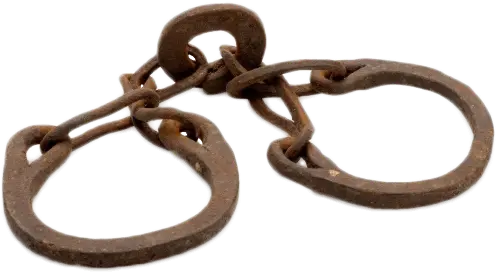Understanding Slavery's Origin & Effect on Different Groups
The Pueblo Revolt occurred in the 1680’s when a little know Indian named Pope led a revolt against the Spanish ruled New Mexico. This revolt was the only complete victory of Native Americans over European forces. The factors that led to this revolt were the constant attempts of Spanish missionaries to convert Indians to Catholicism and to abolish their traditional spirituality. This created a fear in the Indians as they felt that their way of life was threatened.
The Spanish colonization in the south west had taken almost a century to solidify control in New Mexico. However, the Spanish because of their forceful indoctrination methods and use of military created much resistance. The Indians in New Mexico were also being taken advantage of by Spanish by being exploited for labor. For these reasons the Spanish aided in the creation of the Indian resistance (Kessell, 2002).
It is arguable that Spanish control was self limiting in that it was too harsh and did not allow for Indians to assimilate easily. Had the Spanish treated the Indians differently they may well have maintained control of the Southwest for many more years. There were many Indians that did not dislike the Spanish as they viewed them as protection from larger rival tribes. As well the Spanish brought technologies unknown to the Native Americans. But when the Indians revolted it was mainly for the reasons of religious intolerance and loss of way of life to slavery.
References
Kessell, J. (2002). Spain in the southwest: a narrative history of colonial new mexico, arizona, texas, and california. Norman Ok: University of Oklahoma Press.
By Collectie Stichting Nationaal Museum van Wereldculturen, CC BY-SA 3.0
~Citation~
Triola Vincent. Mon, Feb 01, 2021. The Pueblo Revolt Retrieved from https://vincenttriola.com/blogs/ten-years-of-academic-writing/the-pueblo-revolt
